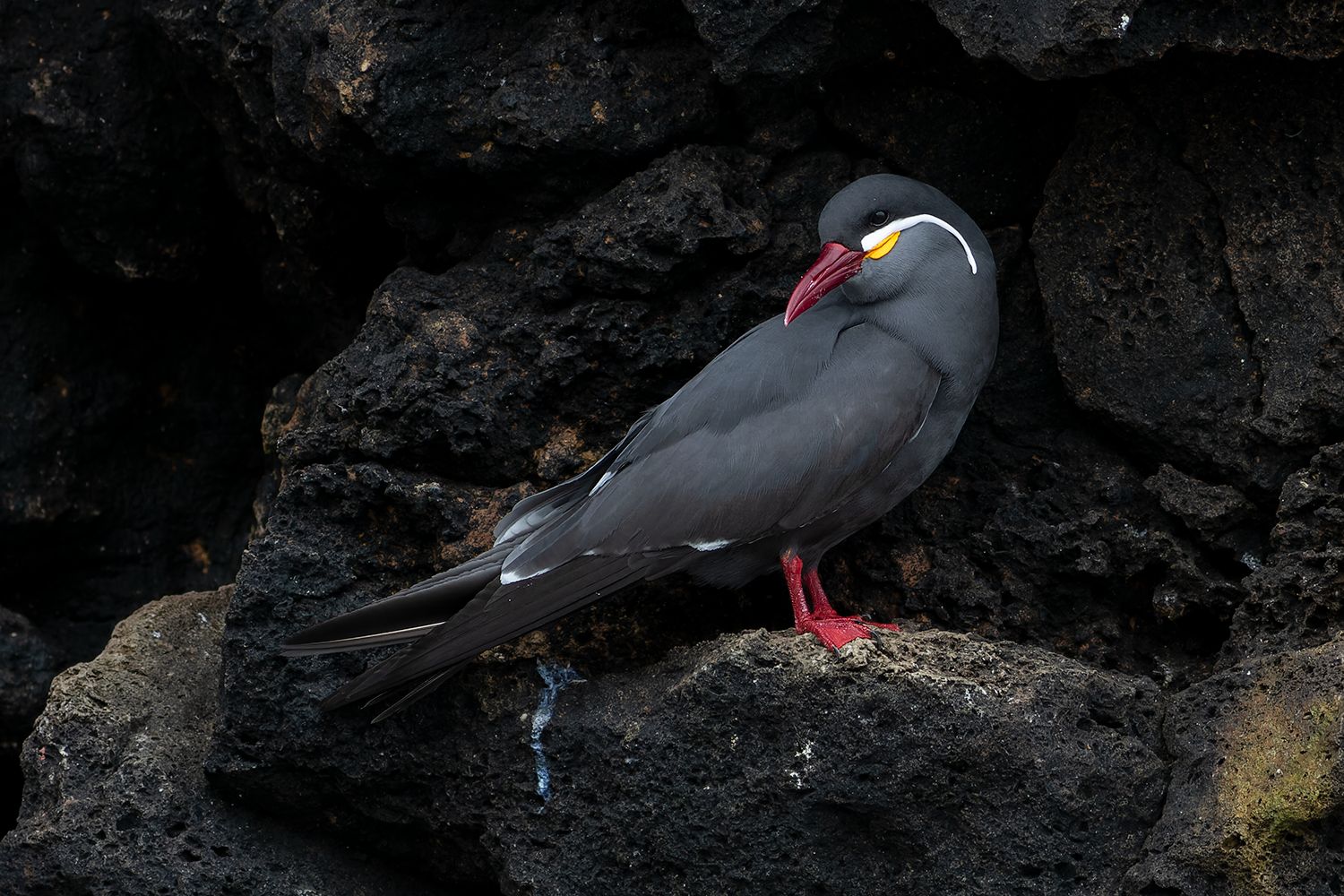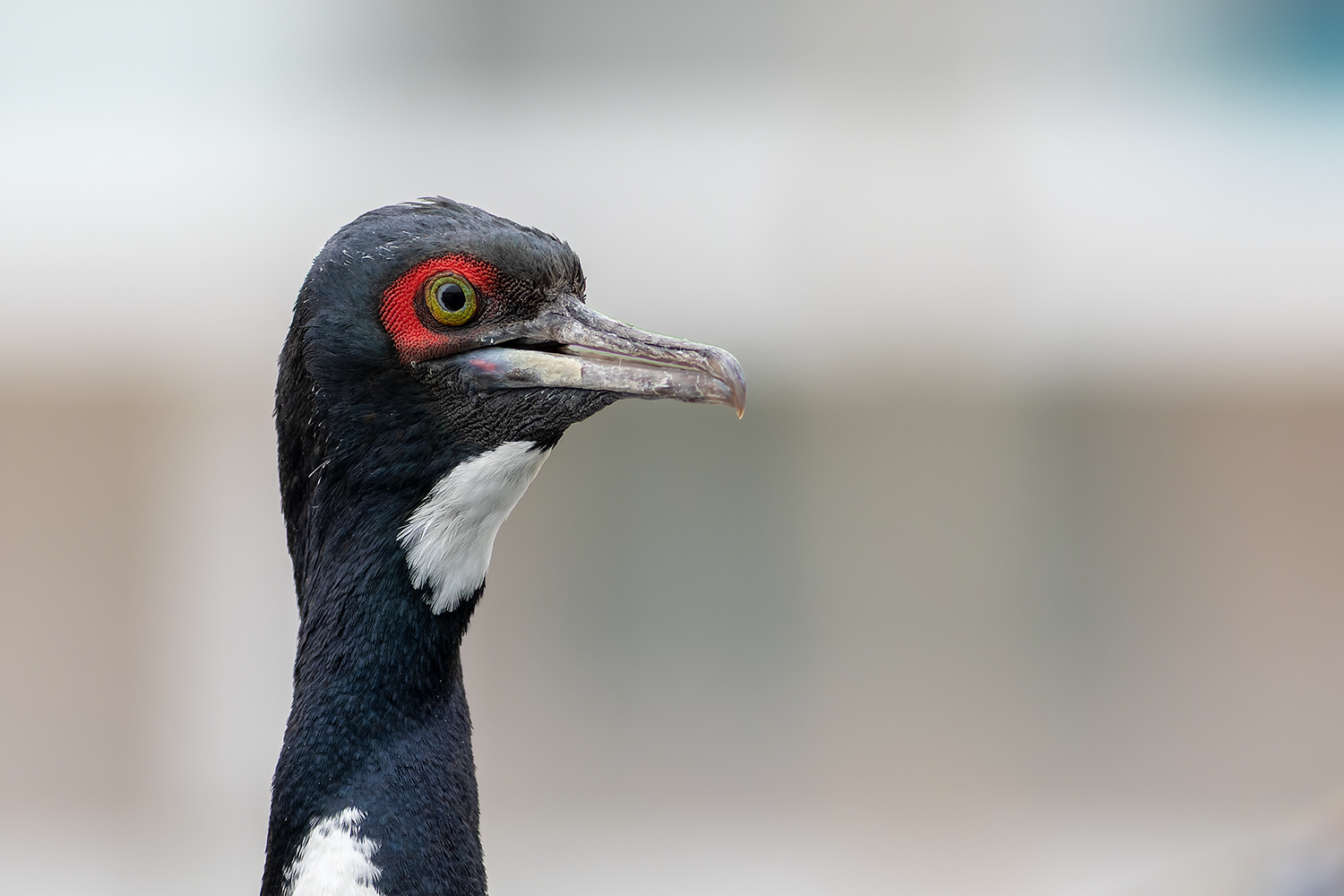
Lima Birding Tours:
Pantanos de Villa & Pucusana
Lima Birding Tours: Exploring the Coastal and Marine Ecosystems of Pantanos de Villa & Pucusana

- Departure time: 7:30am
- 8 hours
- Available All Year
This is one of the most popular tours for birders that have a spare day in Lima. A full-day tour that combines water birds at the Villa Marshes Reserve near Lima and seabirds at the Pucusana fishing village. Plus some birding at the Lurin river on the way back to the city. You can expect to see between 60 to 80 species on this day depending on the season including specialties like Many-colored Rush-Tyrant, Peruvian Thick-knee, the endemic Surf Cinclodes and Humboldt Penguins.
The Peruvian coast is located in the middle of one of the driest deserts in the world, the Atacama desert. Despite that, during the winter months (June to November) the atmosphere is saturated with high levels of humidity due to the condensation caused by the cold Humboldt current. Rains are very uncommon here (except during “El Niño” events), but drizzle is present almost everyday during the winter months. Temperatures ranges from 30°C (86°F) during the austral summer (December to March) to 13°C (55°F) from June to November.
During the winter months (June to November) dress in layers, a windproof jacket, fleece jacket and a T-shirt or a long sleeve shirt is a good combination. For the boat trip a windproof jacket is a must during winter and desirable even in the summer months as the combination of strong winds and cold waters creates wind chill conditions.
Between November and May sunny days are very common. Bring something to cover your head as the UV factor along the Peruvian coast is very high. Also a sunblock with good UV protection is important.
Mosquitoes are not a big problem at the Villa reserve and are not known to carry any diseases, but if you want to be sure you can bring some insect repellent.
We start our tour early in the morning to avoid the rush hour and we head directly to the Pantanos de Villa Reserve. The Villa marshes is the only protected area within the city limits of Lima. It was declared a RAMSAR (International Convention of Wetlands) site in 1997. This complex of lagoons, pools and marsh areas made up of totora reed clumps, are part of a migratory corridor and resting point for several bird species along the Peruvian coast. More than 130 bird species have been recorded here, and at least 40 species can be seen on a single visit.
Our first stop within the reserve take us to a coastal lagoon next to the beach where we will be looking for birds like Great Grebe, Pied-billed Grebe, Cinnamon Teal, White-cheeked Pintail, Andean Duck, Gray-hooded Gull and Gray Gull. Depending on the season sometimes we found small numbers of Andean Gulls in this area. A quick scan from the seashore will allow us to observe species like Peruvian Pelican, Peruvian Boobies, Guanay Cormorants flying by and sometimes even Peruvian Diving-Petrels.
As the day starts to warm up we move to our next location, a group of small ponds surrounded by totora reeds. This vegetation is the habitat of two species, the Many-colored Rush-Tyrant and the Wren-like Rushbird. After seen these targets we’ll try to find some hard to observe birds like Plumbeous Rail and Least Bittern. On the trail back to our car we will stop for a moment to look for Peruvian Thick-knees in an open area covered with grass.
Our next stop is the fishing village of Pucusana, about 60 Km (38 miles) south of Lima. Pucusana is located inside a small cove and protected by an island just in front of the town. From here we will take a boat to navigate the waters around the island where we will have close views of some of the Humboldt current specialties like Peruvian Pelican, Peruvian Boobie, Guanay Cormorant, Red-legged Cormorant, Blackish Oystercatcher, Belcher’s Gull, the endemic Surf Cinclodes, Humboldt Penguinsand the stunning Inca Terns.
Continuing with the navigation we visit a small colony of South American Sea Lions. This rocky coast is also the habitat of the endangered Marine Otter, one of the smallest otter species in the world.
After our pelagic trip we will have lunch at a local restaurant. Then we’ll move to our next location at the Lurin river.
This area is home to the rufescens subspecies of Bran-colored Flycatcher that might be split in the future. Other species that we can observe in this area includes Croaking Ground-dove, Amazilia Hummingbird, Peruvian Sheartail, Purple-collared Woodstar, Long-tailed Mockingbird, Scrub Blackbird, Harris’s Hawk and Peruvian Meadowlark.
- Transportation from your hotel or the airport to the localities mentioned in the tour description
- One hour boat trip in Pucusana
- Professional birding guide
- Entrance tickets to the Pantanos de Villa Reserve
- All meals during the duration of the program
Please note that Alcoholic beverages at the restaurants and Tips for the Guide & Driver are not included.
This extension makes this program a two-day trip. Instead of returning to Lima after Pucusana, we will keep heading south until we reach the town of Asia, where we will sleep.
Early the next morning, we will head towards Lomas de Asia, which is less than a one-hour drive.
Lomas de Asia, located south of Lima, Peru, boasts a unique and diverse ecosystem that supports a variety of flora and fauna. This ecosystem is characterized by its arid scrubland, coastal cliffs, and lush valleys, creating a rich tapestry of habitats. One of the remarkable aspects of Lomas de Asia is its endemic bird species, including the Raimondi’s Yellow-finch, Thick-billed Miner (arguably the best spot in the world to see this species), and Coastal Miner. Other common suspects in the area are Collared Warbling-Finch, American Kestrels, Burrowing Owls, Peruvian Meadowlark, Oasis Hummingbird, and more. There are over 80 bird species in this locality. Birdwatchers visiting Lomas de Asia have the opportunity to observe these captivating species in their natural habitat, witnessing their behaviors and learning about their conservation status.
In addition to the endemic bird species, Lomas de Asia also supports a range of other wildlife. Among the fascinating creatures that occasionally make appearances are Andean Foxes. These sleek and agile mammals can be spotted roaming around the area. Their presence adds an element of excitement to the birdwatching experience, offering a glimpse into the wider biodiversity that exists within Lomas de Asia. The presence of these diverse species highlights the importance of preserving the delicate balance of the ecosystem and the need to protect their habitats for future generations to appreciate and enjoy.
After birding Lomas de Asia for a few hours, we will slowly make our way back home, stopping in some agricultural fields and parks along the way to spot some birds like Pacific Pygmy-Owls, and a diversity of flycatchers and seedeaters.
To learn more about the Lomas Ecosystem of Peru, we highly recommend you to read our dedicated blog post about it.
GALLERY









Join us on this trip
For as low asABOUT WILD ANDES
Welcome to Wild Andes! We offer unforgettable birdwatching and photography experiences for nature enthusiasts. Explore our popular destinations, upcoming tours, and travel alongside expert guides. Let us show you the incredible flora and fauna of Peru!
CONTACT INFORMATION
If you have any questions, or need to request additional details, please do not hesitate to contact us
- +51 946 851 289
- wildandestours@gmail.com
- Av. San Martin 617, Lima, Peru
RECENT POSTS


Lima’s Unique Urban Birdlife: Spotting Birds in the City
SUBSCRIBE US
Subscribe to our newsletter and stay up-to-date with the latest news, offers, and tips.
